In 2020, Jabbar Raisani had explained in detail the visual effects work on the second season of Lost in Space. He is back to talk about the third and final season of this excellent series.
How did you approach this new season?
In this new season we knew we were going to have a lot more CG environments and extensions so Terron and I worked a lot with our showrunner Zack Estrin and our production designer Alec Hammond to figure out what would be practical and what would be digital and commit fully to the approach to ensure we were spending the money in the right department and doing things practically and then replacing them with CG in post.
What are the main changes that you did since the first two seasons?
We worked much more closely with the art department this year that allowed us to all be much more on the same page as to the creative look of the season and what we would be creating digitally vs practically.
How was your collaboration with VFX Producer Terron Pratt?
Terron and I have been working together for five years now so there’s a lot that doesn’t need to be said which is nice. Especially since I was the producing director this season, which meant I didn’t have the normal bandwidth I would for VFX and Terron and the rest of the team really did an amazing job with my reduced VFX capacity during production.
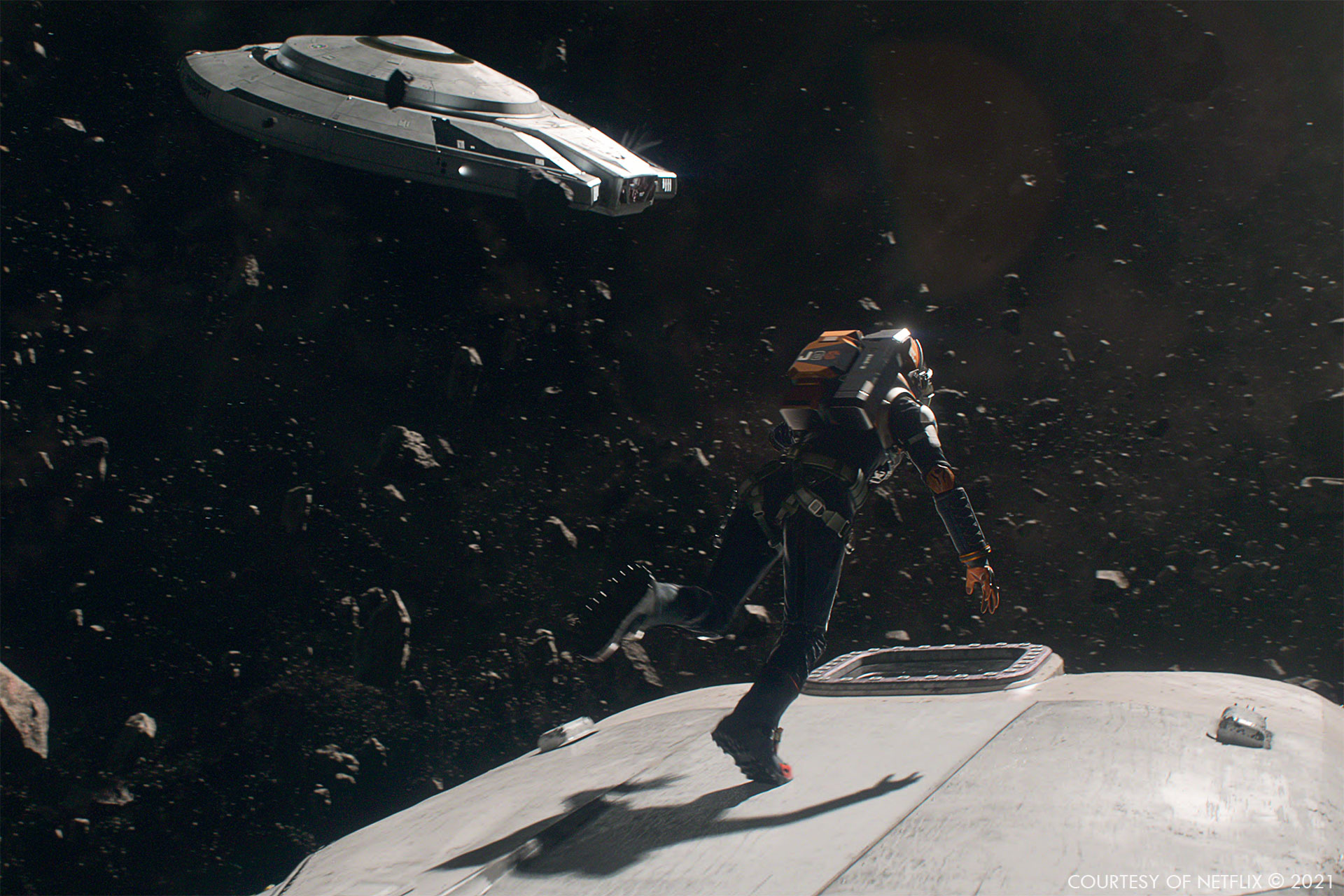
We discover beautiful environments such as Alpha Centauri. Can you elaborates about their design and creation?
A lot of credit for the overall design goes to our production designer, Alec Hammond, and his team. They pointed us in a direction and one of our main vendors, Important Looking Pirates (ILP), really took that lead and ran with it to fully realize the look and feel of the planet.
Where was filmed the various parts of this season?
This season was completely filmed in Vancouver, Canada.
Which environment was the most complicate to create and why?
Exterior Alpha Centauri was for me the most challenging environment to create. The entire series built up to the arrival on the planet and we really had to nail the look and tone to ensure we got the win we were building up to over the three season arc.
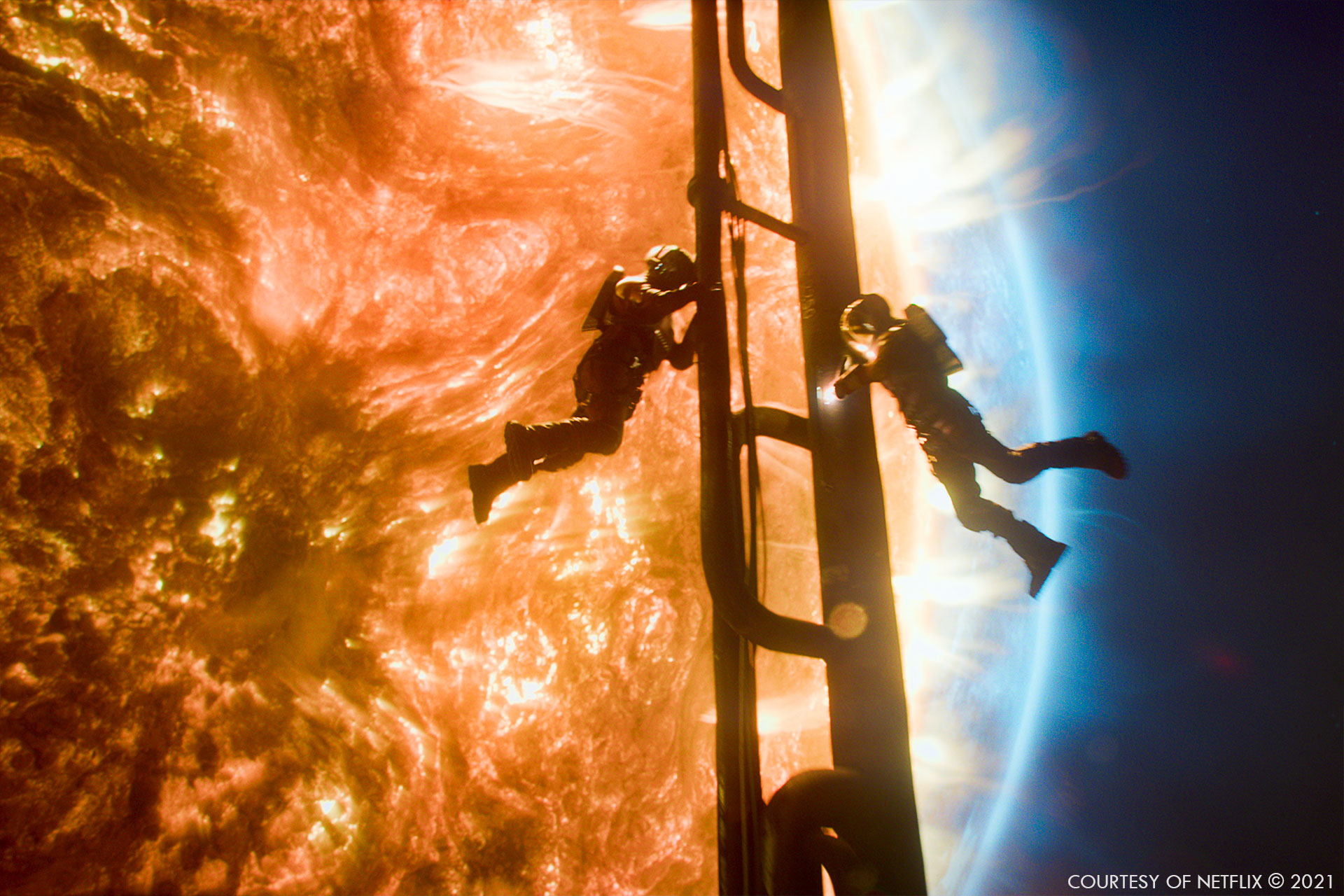
Can you tell us more about the climbing sequence?
The climbing sequence was a combination of stage based wire work with extensions as well as full CG shots. Mackevision created all shots related to the wall, the climb, and the ‘flight’ up to the ledge.
Of course, the robots are back. How did you enhance his model from the previous seasons?
We actually stayed completely true to the previous seasons in regards to the model. We introduced a few new color variations to expand the universe a bit, but other than that it’s the tried and true robots from S2.
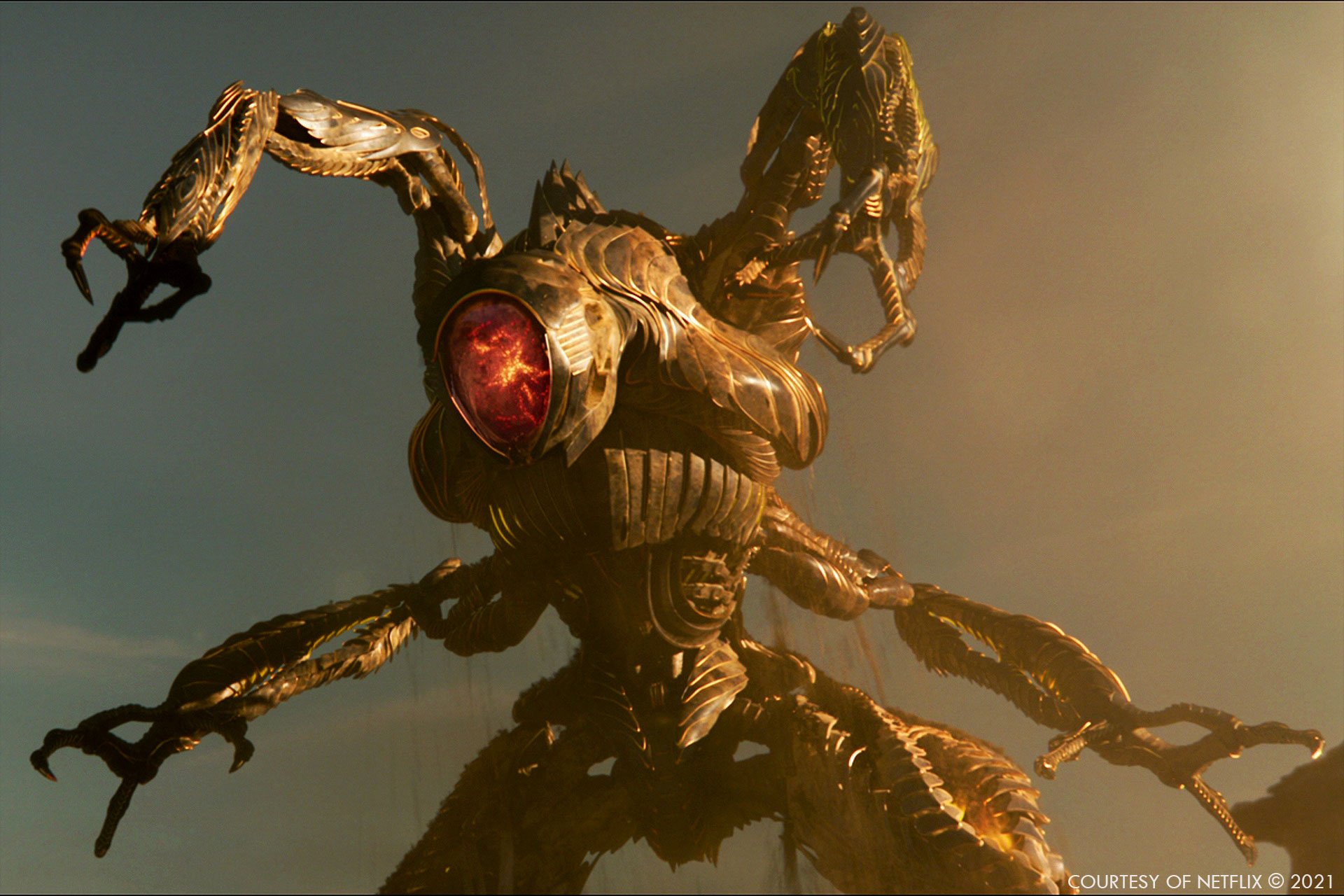
Can you elaborates about his animation and especially during the fights?
Season 3 we actually did a lot more mocap with the robots than in previous seasons. Mackevision really wanted to give mocap a try and early tests were very successful so we went “all in” and did mocap robots for a lot of the fighting. There are still hand animated ones as well and hopefully it’s impossible to distinguish one from the other.
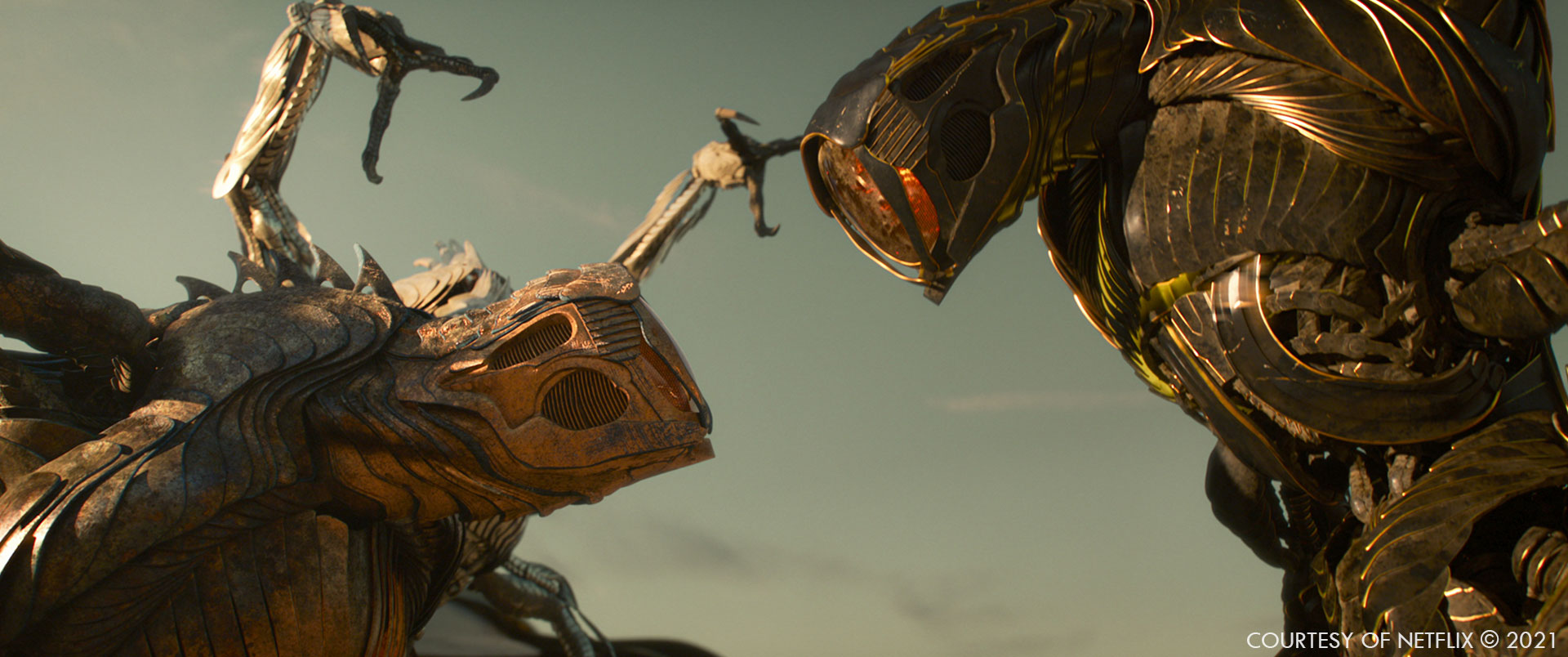
What was the main challenges with the robots?
The main challenge with the robots this season was the shot count. We had so many shots with such high complexity we were maxing out our usual vendors and really hard to expand into new vendor territory.
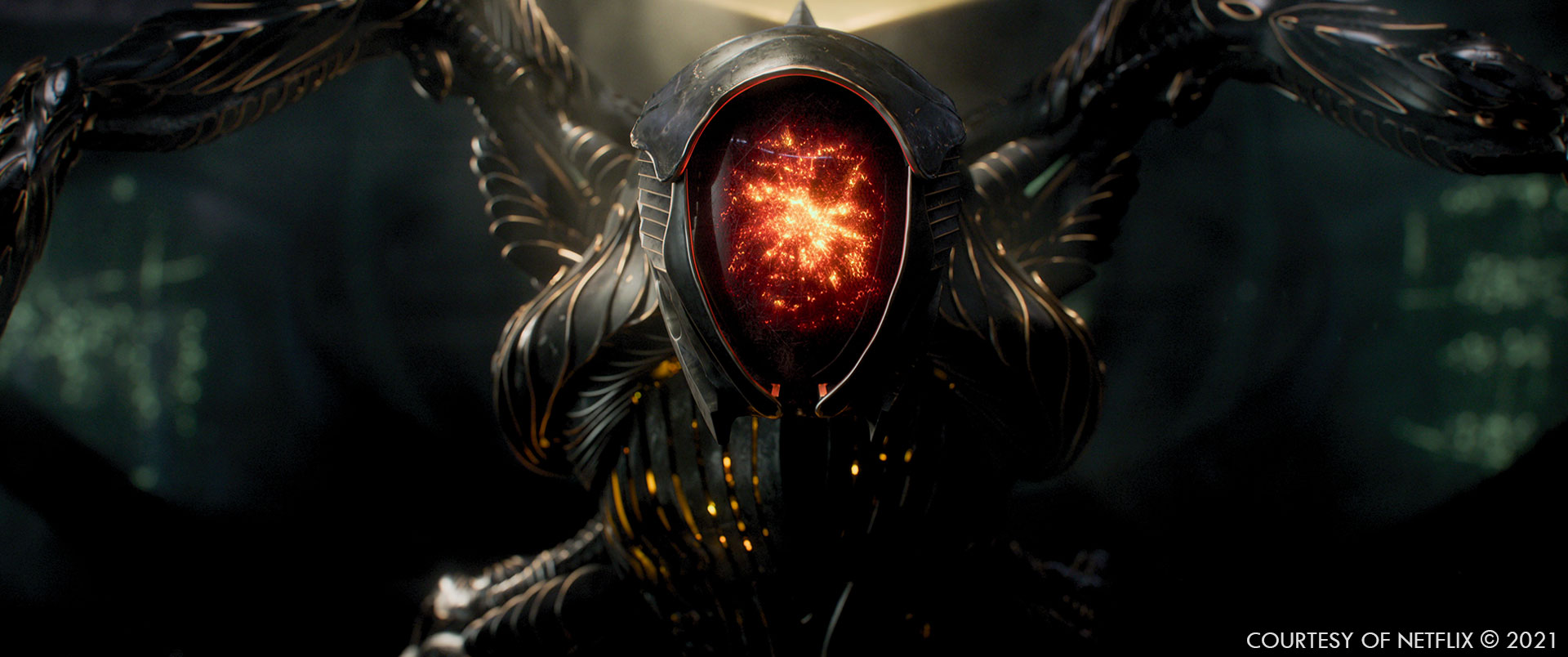
Can you explain in detail about the creation and animation of the holograms?
If this is referring to the ‘scanning’ effect for the robots, the look was designed by Mackevision to really hit the story desires of our showrunner. ILP also had a bit of work with the same look which they adapted from the Mackevision established look.
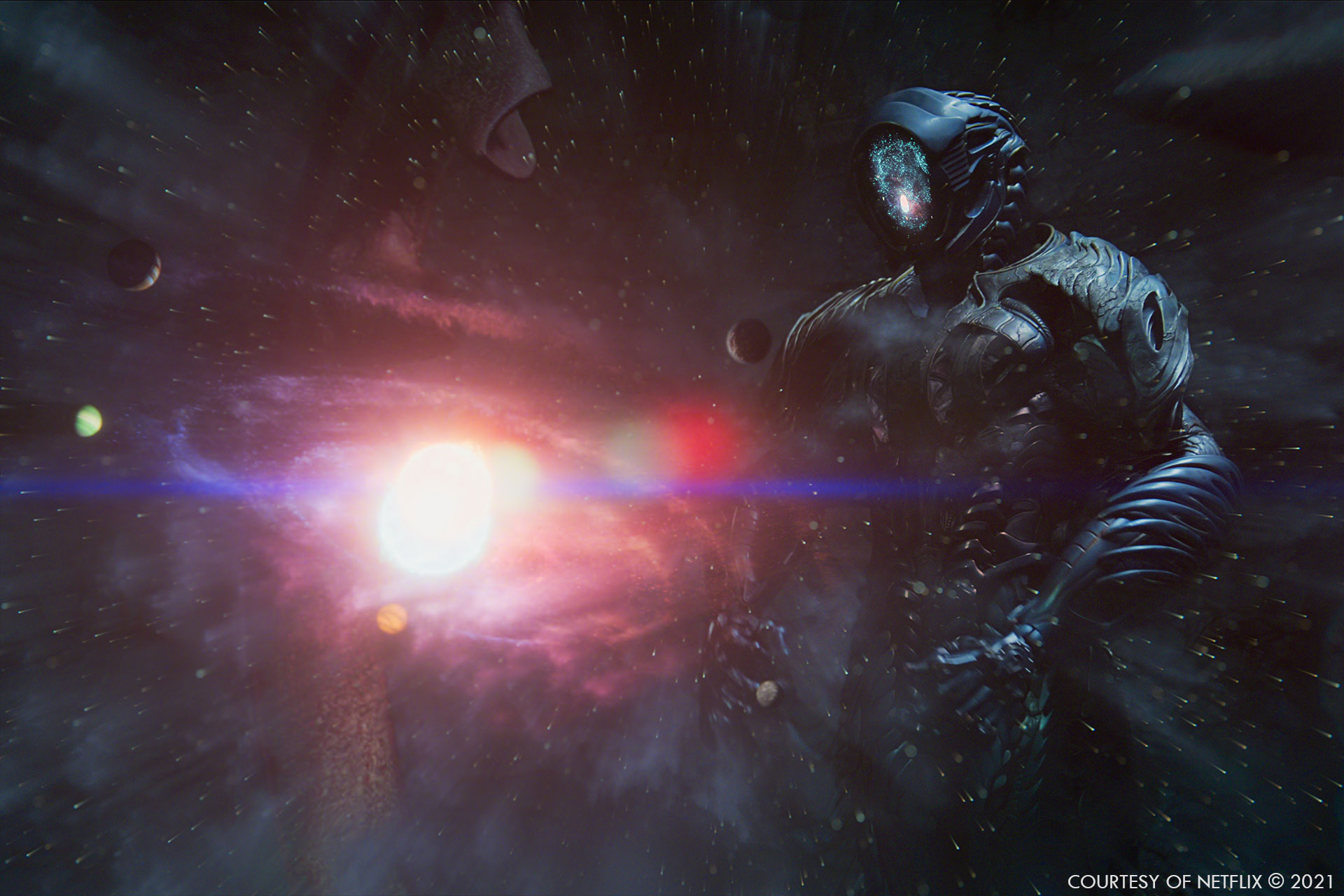
You have directed the final episode. Can you elaborates about this challenge?
Directing the series finale was an incredible opportunity and daunting challenge. After 5 years and 3 seasons working on the show I felt a lot of pressure to get everything right. We really wanted to end the series in a way that summed up everyone’s journey and felt like a completed journey with a few twists and turns along the way. On the VFX side of things, I couldn’t have done it without Terron and our amazing team. Luckily we’d all been making the show together for such a long time that everyone knew exactly what to do and I was able to focus on the directing without worrying about the VFX side of things. One of the other big challenges we faced was that we were filming in January in Vancouver, yet storywise we were on beautiful Alpha Centauri. This required us to film everything on stage and to use VFX extensions in order to give us the feeling we were actually out on location.
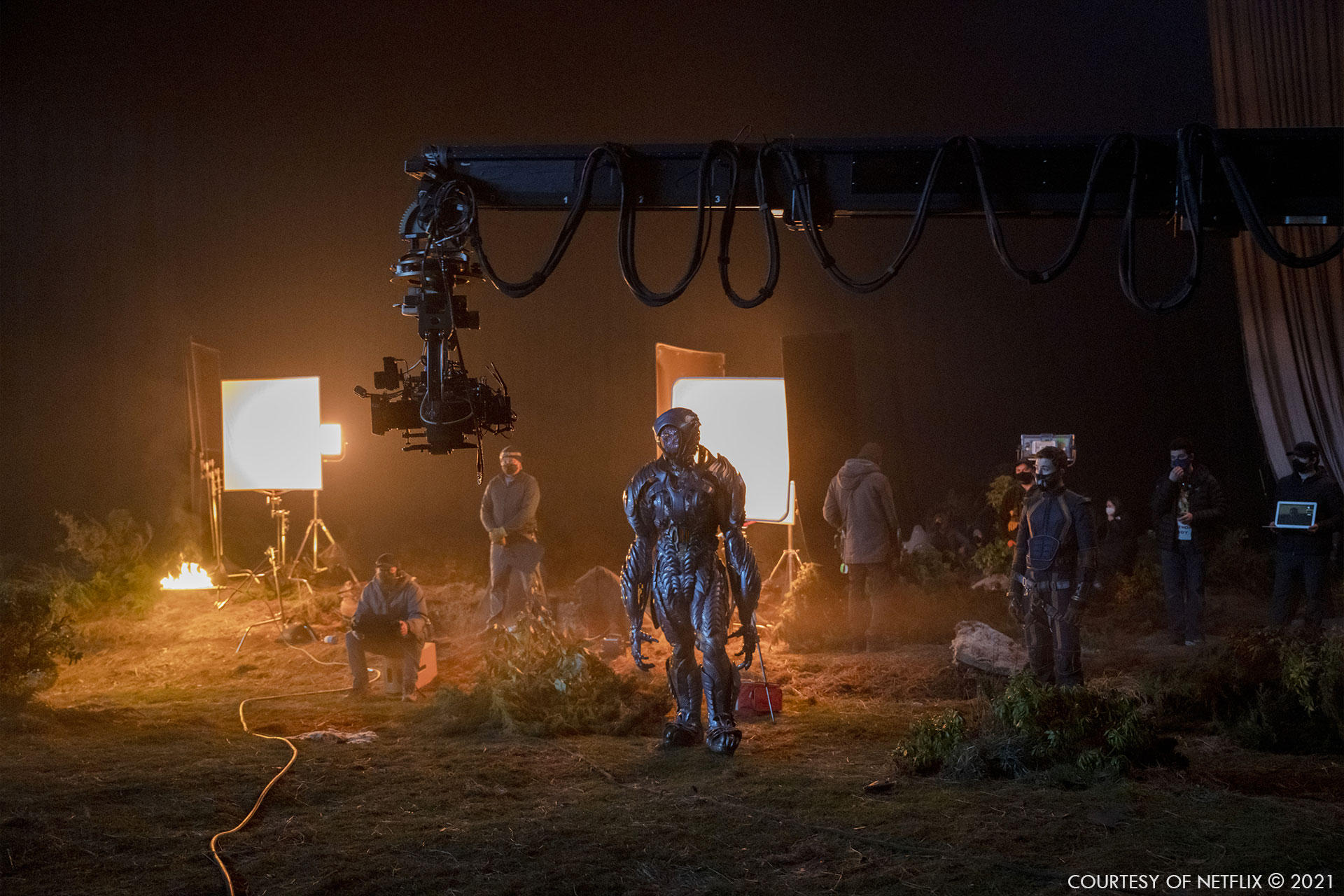
How did you choose the various VFX vendors?
We based a lot of our choices on our previous seasons but due to the volume of work we had to expand to a few additional vendors. We chose new vendors through a combination recommendations and revisiting vendors we’d talked with in the past, but timing hadn’t worked out.
How did you split the work amongst these vendors?
Due to the current VFX market, it was a lot of timing out the volume of work, type of work, and bandwidth of our vendors. We had a lot of similar work so it was a bit more difficult to split of the work than in previous seasons.
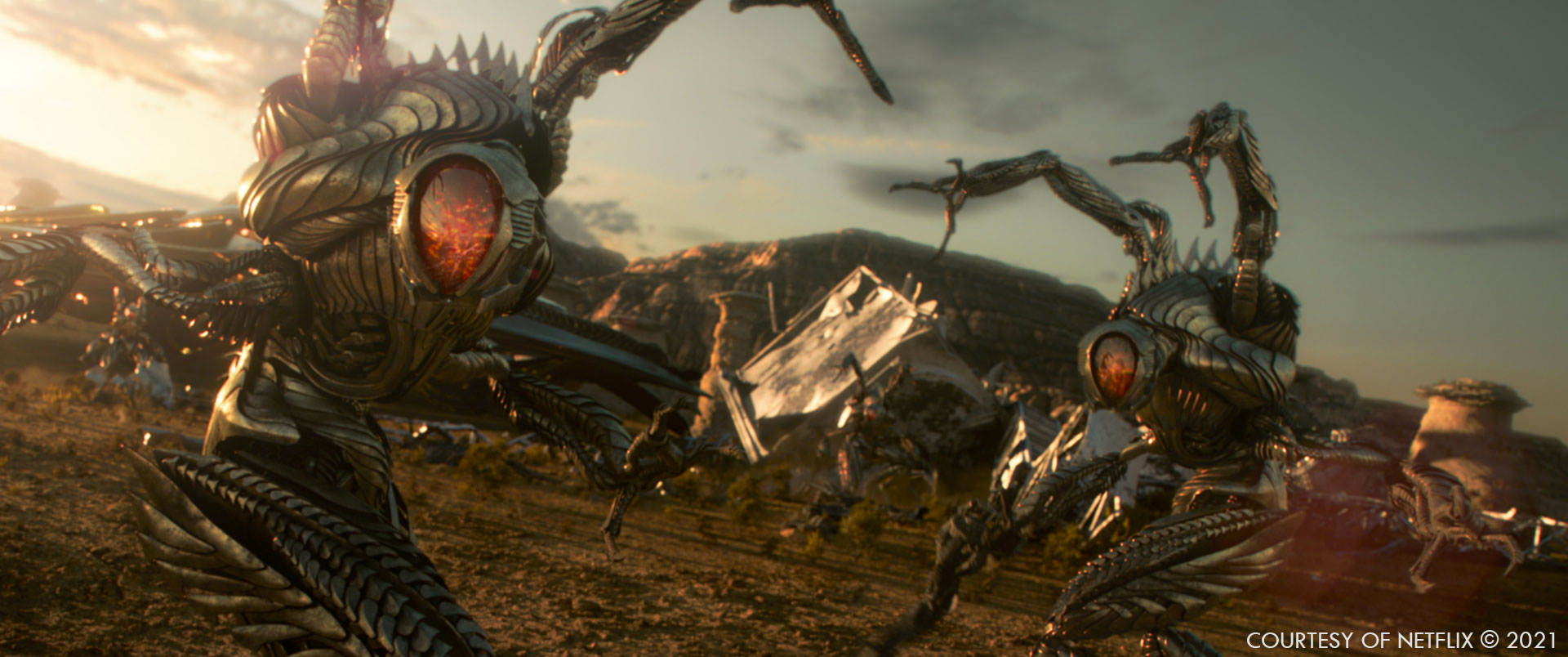
Can you tell us more about your collaboration with their VFX supervisors?
I love working with other VFX supervisors. I was previously a vendor side supervisor and I found the projects that were most rewarding were those where we had some creative freedom. And that’s why I give all of the supervisors I work with a large degree of creative freedom as long as we’re effectively telling the story.
Which sequence or shot was the most challenging?
I think episode 8, the finale was the most challenging. The combination of high complexity, high volume, and being at the end of our schedule meant there was no room for error. We gave the bulk of the work in those episodes to ILP and Mackevision who we’ve worked with extensively on all three seasons and had developed an unparalleled level of trust.
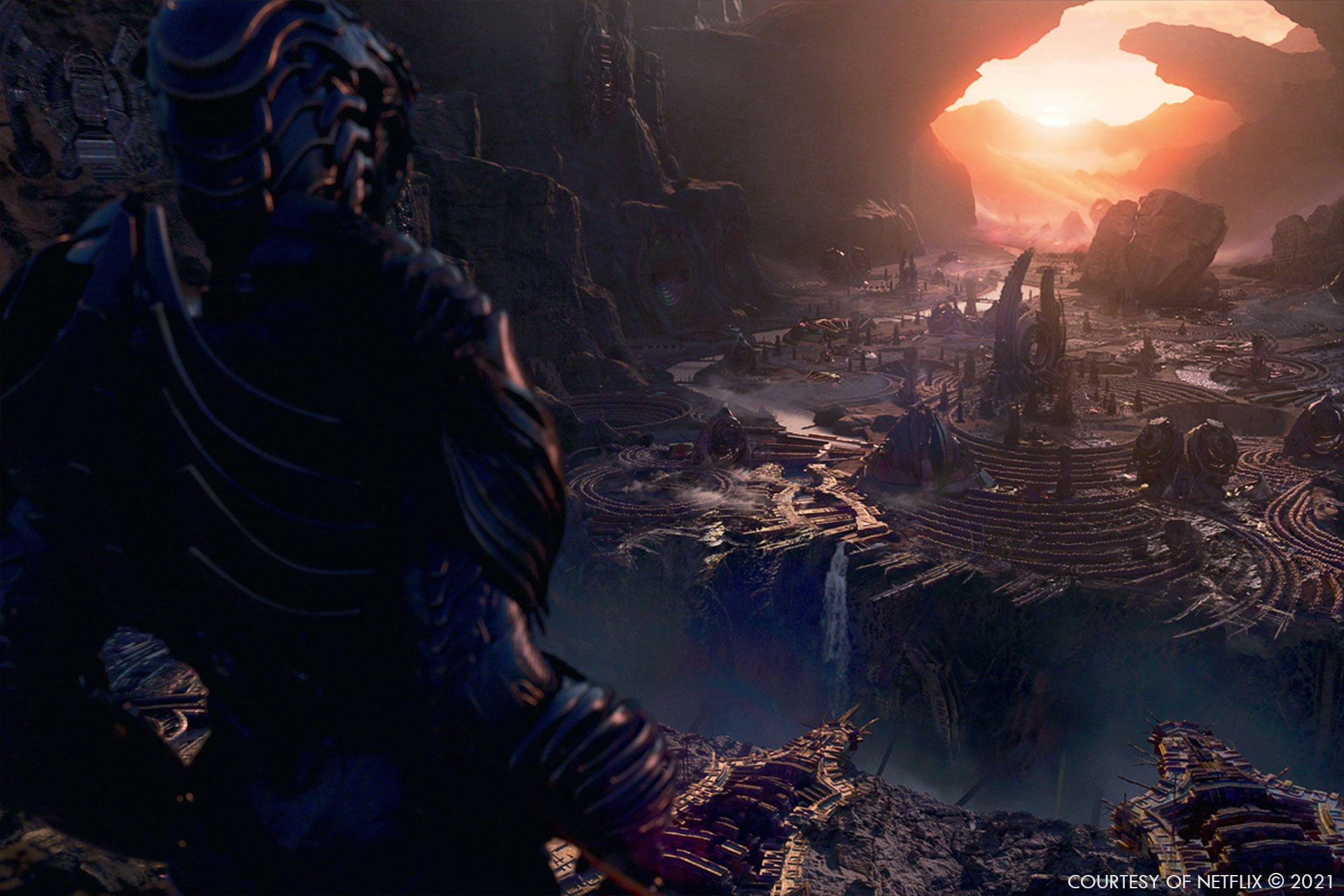
Is there something specific that gives you some really short nights?
The global shortage of VFX bandwidth still keeps me up at night. It certainly kept me up throughout post on this season and it’s not a problem I see resolving itself for years to come.
What is your favorite shot or sequence?
It’s so hard to pick favorites that I’d have to say all of 308 is my favorite. It was such a culmination of years of work and it felt like VFX and story were working hand in hand to complete the journey of the Robinsons.
What is your best memory on this show?
Filming the last shot of the series was one of my best memories. We purposefully scheduled the last shot of the series to be the last shot filmed. We had everyone that couldn’t be there in person join via zoom and there was a nice celebration after we wrapped.
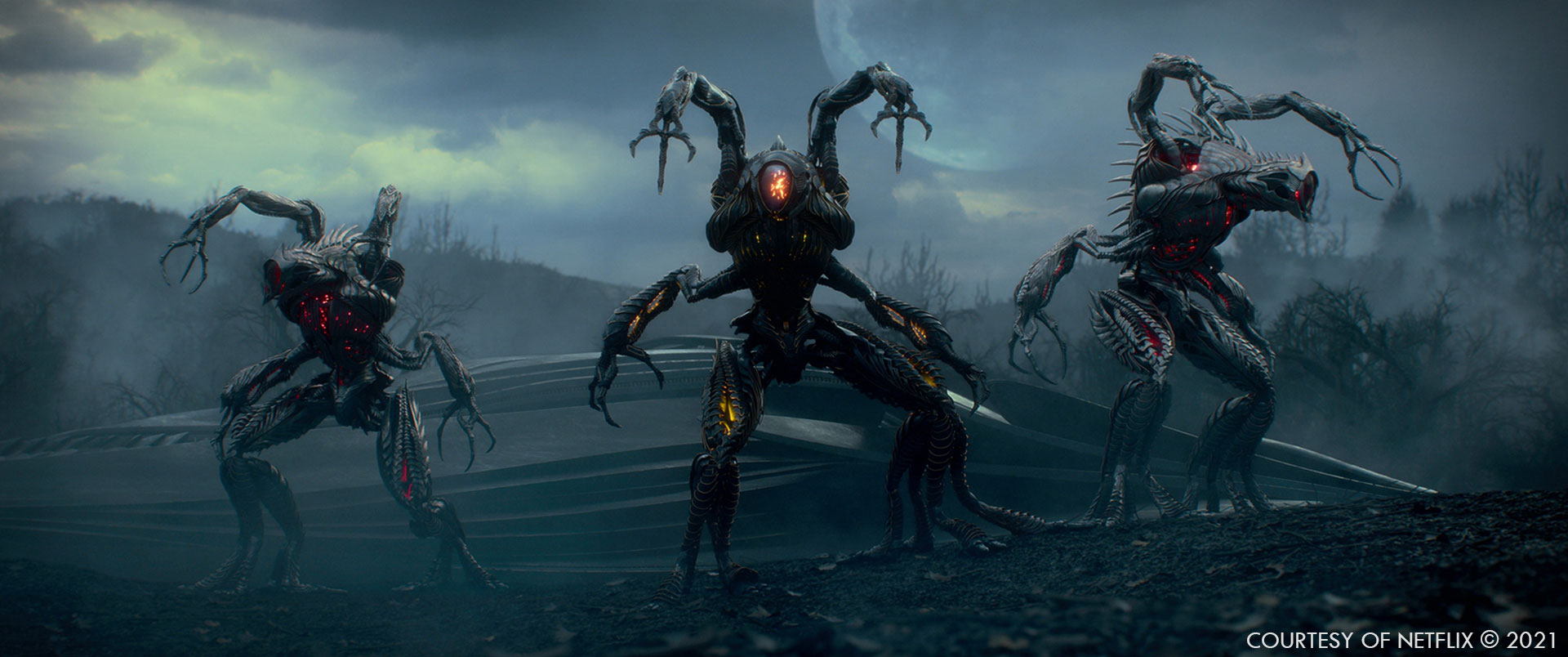
How long have you worked on this show?
Terron and I have been on the show for 5 years and 3 seasons.
A big thanks for your time.
© Vincent Frei – The Art of VFX – 2022




